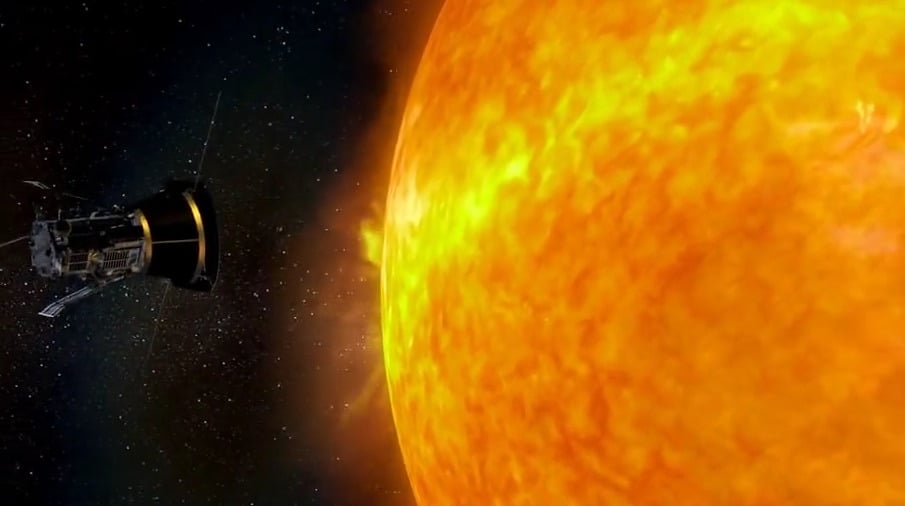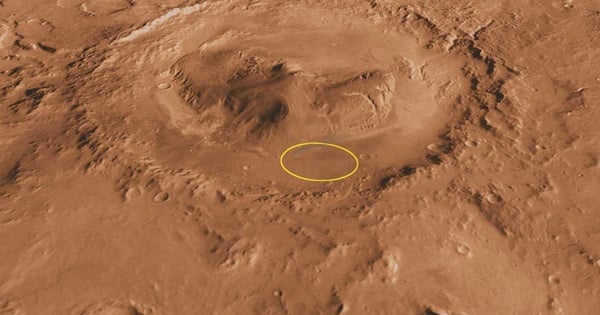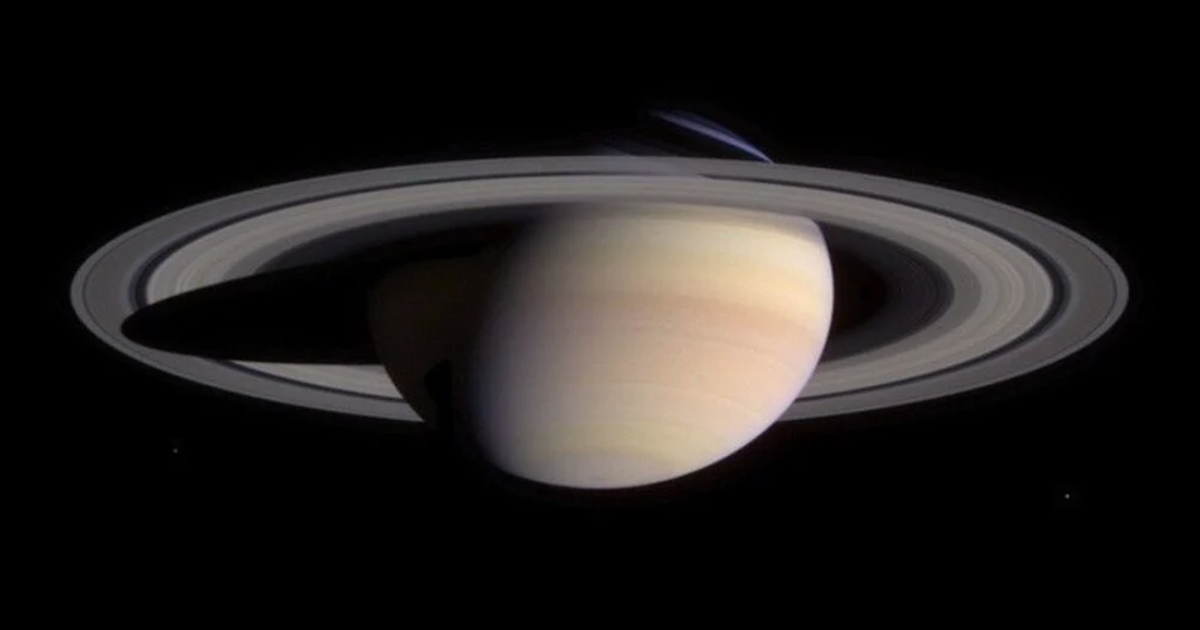(CLO) NASA's pioneering Parker Solar Probe will reach its closest distance to the Sun on Christmas Eve, setting a new record at just 6.2 million km from the sun.
Launched in August 2018, the Parker spacecraft is currently on a seven-year mission to study the Sun in depth and help predict space weather phenomena that could affect life on Earth.
The Parker spacecraft's closest approach will take place at 18:53 on December 24, Vietnam time. This will be the spacecraft's closest approach to the sun ever.
To put that into perspective, if the distance from Earth to the Sun were the length of an American football field (about 91 meters), then at that point, the Parker spacecraft would be only about 3.65 meters from the end zone.

Parker Solar Probe orbits the sun. Photo credit: NASA/Johns Hopkins APL
“This is a prime example of NASA’s daring missions, doing something no one has ever done before to answer long-standing questions about the universe,” said Parker Solar Probe program scientist Arik Posner. “We look forward to getting the first status update from the spacecraft and starting to receive science data in the coming weeks.”
During this close approach, known as perigee, the mission team will not be able to maintain direct communication with Parker throughout its approach to the Sun. Instead, they will rely on a “beep” on December 27 to confirm the spacecraft’s status.
Although the Parker probe has a heat shield that can withstand temperatures of about 870 to 930 degrees Celsius, the instruments inside the spacecraft are still protected at room temperature, about 29 degrees Celsius, as they explore the corona – the outer atmosphere of the Sun.
Not only does it face extreme temperatures, the Parker spacecraft also travels at incredibly fast speeds, reaching about 690,000 km/h, so fast that it could fly from Washington DC to Tokyo in less than a minute.
By venturing into extremely harsh environments, Parker has helped scientists solve some of the Sun's great mysteries, including how the solar wind originates, why the corona is hotter than the Sun's surface, and how coronal mass ejections – giant clouds of plasma – form.
Ngoc Anh (according to NASA, Guardian)
Source: https://www.congluan.vn/tau-tham-do-nasa-se-lap-ky-luc-gan-mat-troi-vao-dem-giang-sinh-post327265.html



![[Photo] Prime Minister Pham Minh Chinh and Brazilian President Luiz Inácio Lula da Silva attend the Vietnam-Brazil Economic Forum](https://vstatic.vietnam.vn/vietnam/resource/IMAGE/2025/3/29/f3fd11b0421949878011a8f5da318635)


![[Photo] Dong Ho Paintings - Old Styles Tell Modern Stories](https://vstatic.vietnam.vn/vietnam/resource/IMAGE/2025/3/29/317613ad8519462488572377727dda93)























































































Comment (0)